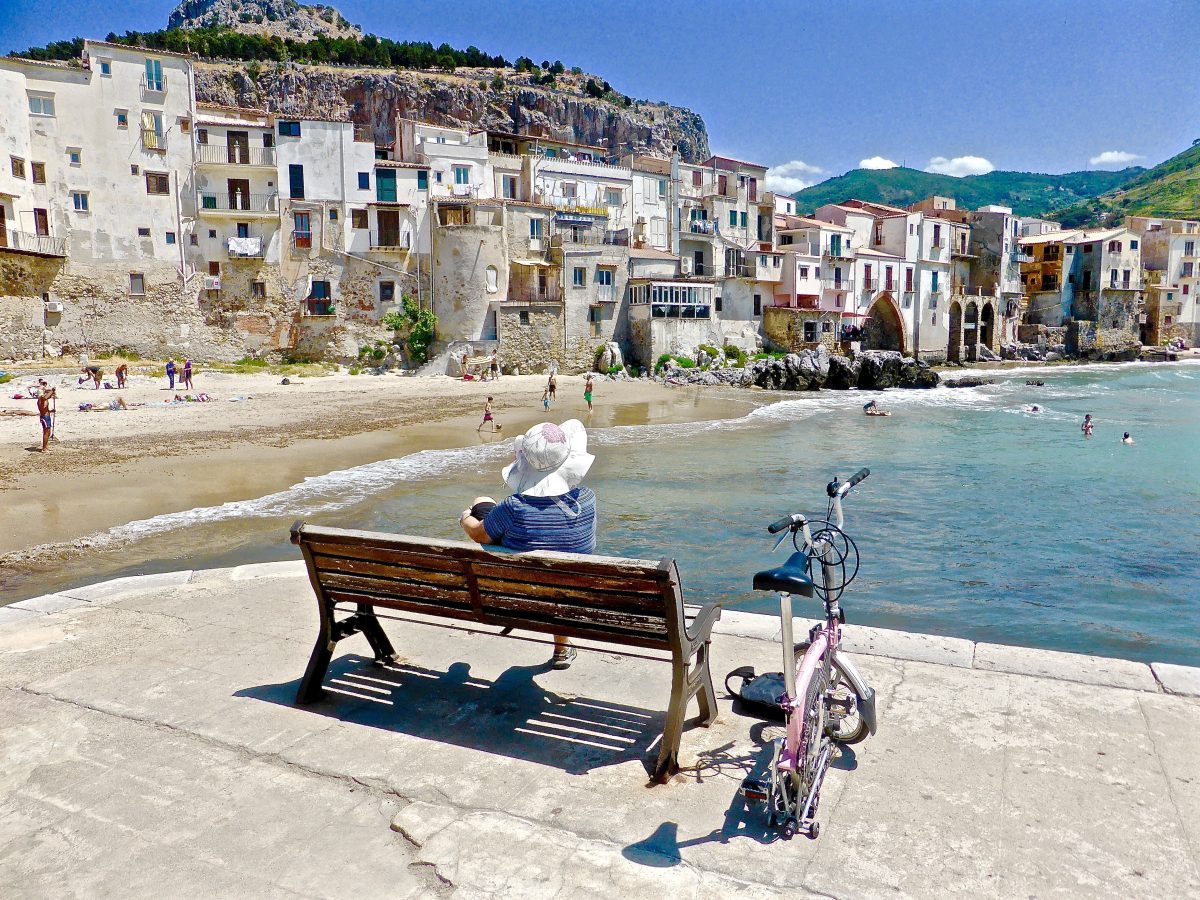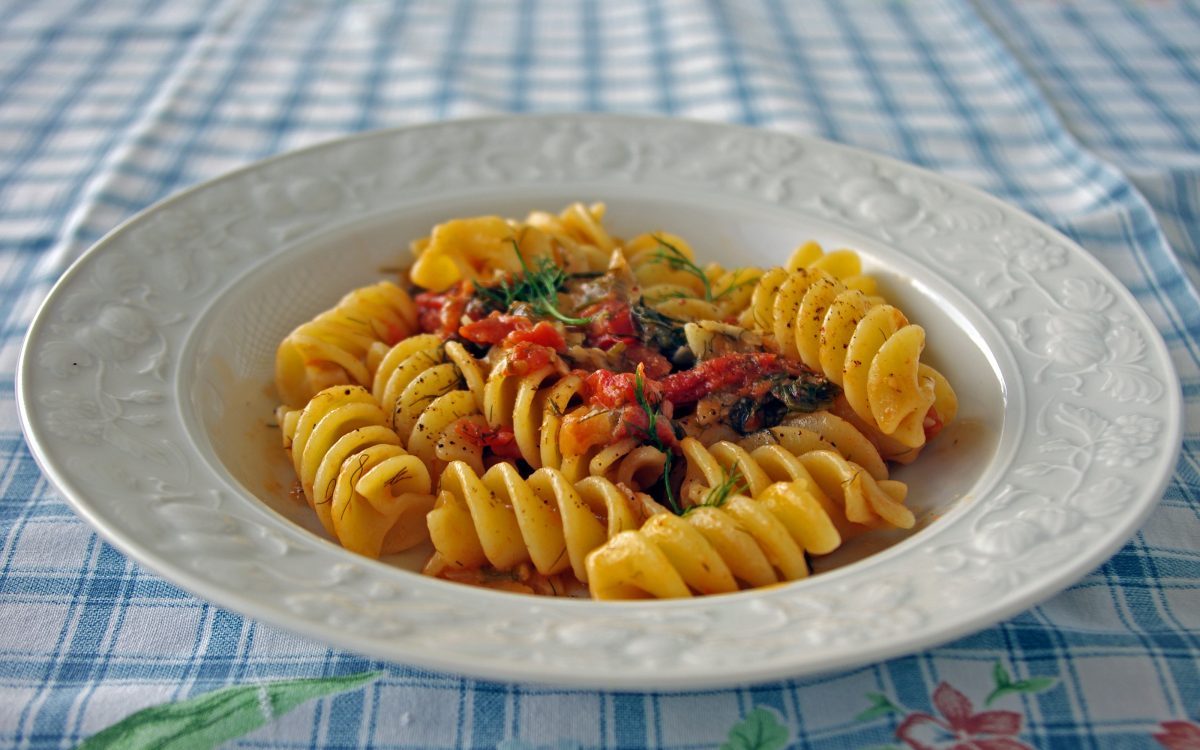Eternal crossroads of the Mediterranean, the gorgeous island of Sicily continues to seduce travellers with its dazzling diversity of landscapes and cultural treasures
Travel to Sicily to visit the Mediterranean’s largest and most diverse island. From the ancient Greeks, Phoenicians and Carthaginians to the Arabs, French and Spanish, Sicily has seen many rulers. As the land of Scylla, Charybdis and the Cyclops it is also a backdrop of myth and legend, this magic still present today. The relics of this turbulent and fascinating history are just one of the many reasons to visit Sicily.
As the bastion of Mediterranean culture, Sicily boasts stunning beaches, roaring volcanoes and rich cuisine. Here are just some of the places you can’t leave out of any Sicily travel plan.

The Sicilian summer stretches beyond the summer months that confine northern and central Italy, and often it is possible to sunbathe and swim until November. But with 2,500 hours of sunshine, warmer sea temperatures and virtually no rain the summer months are the best time to visit. However, nature lovers can visit as early as February when the wild flowers begin to bloom.
Seductively beautiful and perfectly placed in the heart of the Mediterranean, Sicily has been luring passersby since the time of legends. The land of the Cyclops has been praised by poets from Homer to Virgil and prized by the many ancient cultures – Phoenicians, Carthaginians, Elymians, Romans and Greeks – whose bones lie buried here. Whether in the classical perfection of Agrigento’s Concordia temple, the monumental rubble of Selinunte’s columns or the rare grace of a dancing satyr statue rescued from Mazara del Vallo’s watery depths, reminders of bygone civilisations are everywhere.
Mediterranean Flavours
A delectable layer-cake of culinary influences, Sicily’s ancient cuisine continues to rely on a few key island-grown ingredients: shellfish and citrus, tuna and swordfish, pistachios, almonds and ricotta. Talk to the septuagenarian chef at a Catania restaurant and she’ll confide that she still uses her grandmother’s recipe for pasta alla Norma, joyfully sharing the poetic imagery that links it to Mt Etna: the tomatoes are lava; the eggplant, cinders; the basil, leafy greenery; the ricotta, snow. Modern chefs may play with the details, but Sicily’s timeless recipes – from the simplest cannolo to the most exquisite fish couscous – live on.

Sparkling Seas, Restless Mountains
Sicily’s varied landscape makes a dramatic first impression. Fly into Catania and the smoking hulk of Etna greets you; arrive in Palermo and it’s the sparkling Golfo di Castellammare. This juxtaposition of sea, volcano and mountain scenery makes a stunning backdrop for outdoor activities. Hikers can wind along precipitous coastlines, climb erupting volcanoes and traipse through flowery mountain meadows; birders benefit from the plethora of species on the Africa-Europe migration route; and divers and swimmers enjoy some of the Mediterranean’s most pristine waters. Whatever your personal predilections, Sicily and its dozen-plus offshore islands offer enough activities to build an entire vacation around.
Byzantine to Baroque
As if its classical heritage weren’t formidable enough, Sicily is bursting at the seams with later artistic and architectural gems. In a short walk around Palermo you’ll see Arab domes and arches, Byzantine mosaics and Norman palace walls. Circle around to southeast Sicily and you’ll find a stunning array of baroque architectural masterpieces, from the golden-hued domes and palaces of Noto to the multi-tiered cathedral facades of Ragusa and Modica. Meanwhile, throughout the island you’ll find yourself stumbling upon the evocative remains of Arab and Norman castles. This embarrassment of cultural riches remains one of the island’s most distinctive attractions.